Unlock the secrets to a vibrant and blooming Christmas Cactus with expert tips. Learn the optimal conditions, care routines, and techniques to encourage this stunning plant to showcase its beautiful flowers season after season, adding a festive touch to your home.
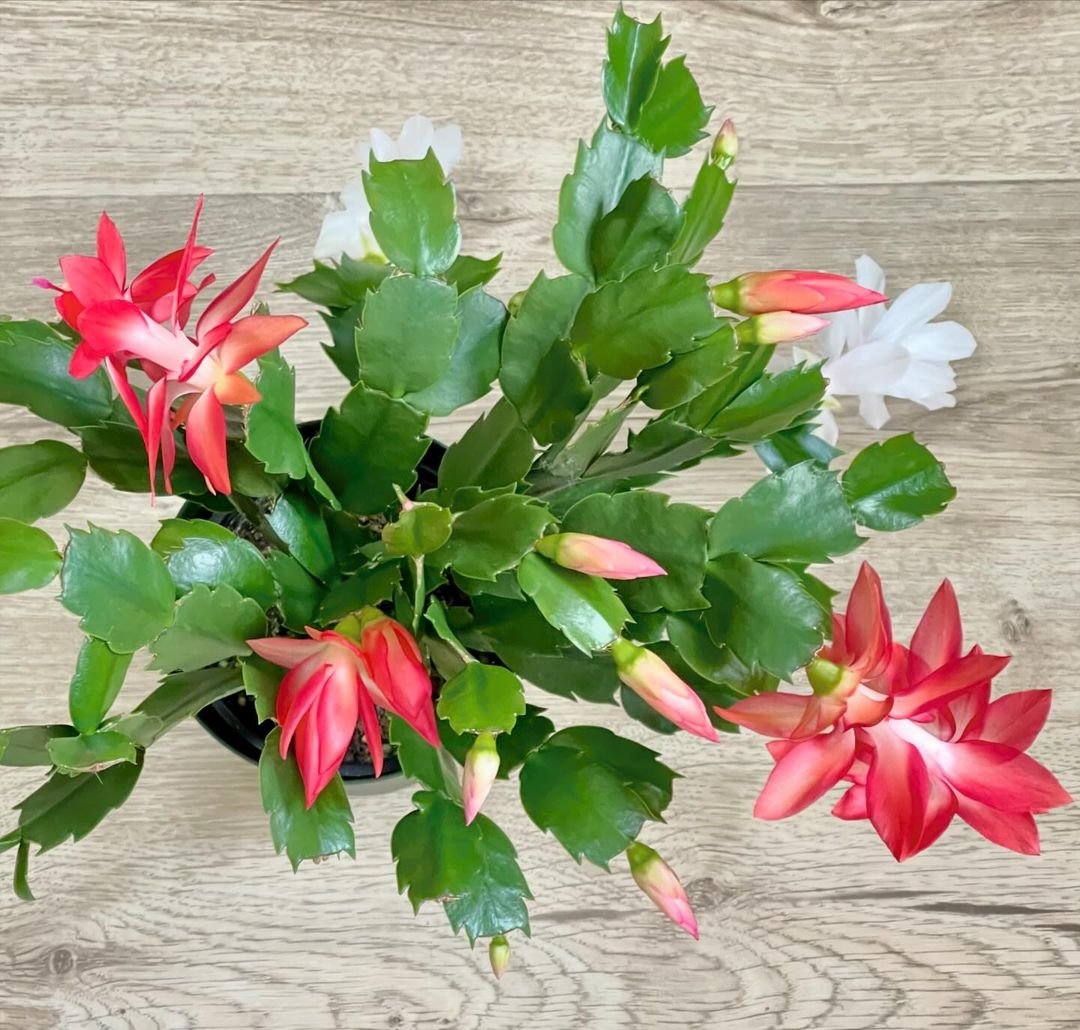
The Christmas cactus (Schlumbergera bridgesii) is a beloved houseplant known for its striking blooms that often appear just in time for the holiday season. With its vibrant colors and unique cactus-like appearance, it’s no wonder this plant has become a favorite among indoor gardeners. However, getting a Christmas cactus to bloom can sometimes be a challenge. In this article, we’ll share expert insights and practical tips to help you encourage your Christmas cactus to produce its stunning flowers year after year.
Understanding the Christmas Cactus
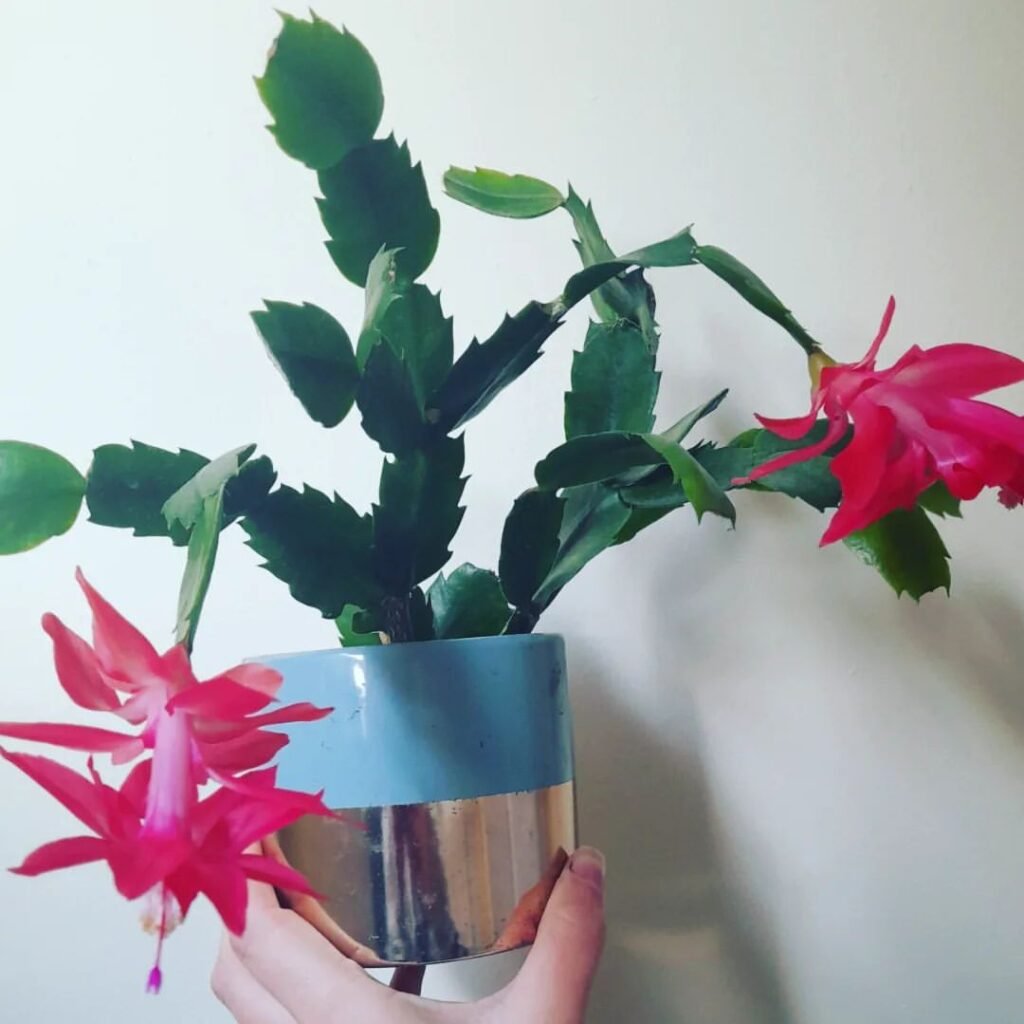
Before delving into the blooming process, it’s essential to understand the nature of the Christmas cactus. Unlike its desert-dwelling cousins, this tropical cactus is native to the coastal mountains of Brazil. It thrives in warm, humid environments and prefers well-draining soil and partial shade.
One of the most crucial factors in promoting blooms is providing the correct environmental conditions and following a specific care routine. By mimicking the plant’s natural growing cycle, you can encourage it to produce its beautiful flowers.
Expert Tips for Blooming
Light Exposure
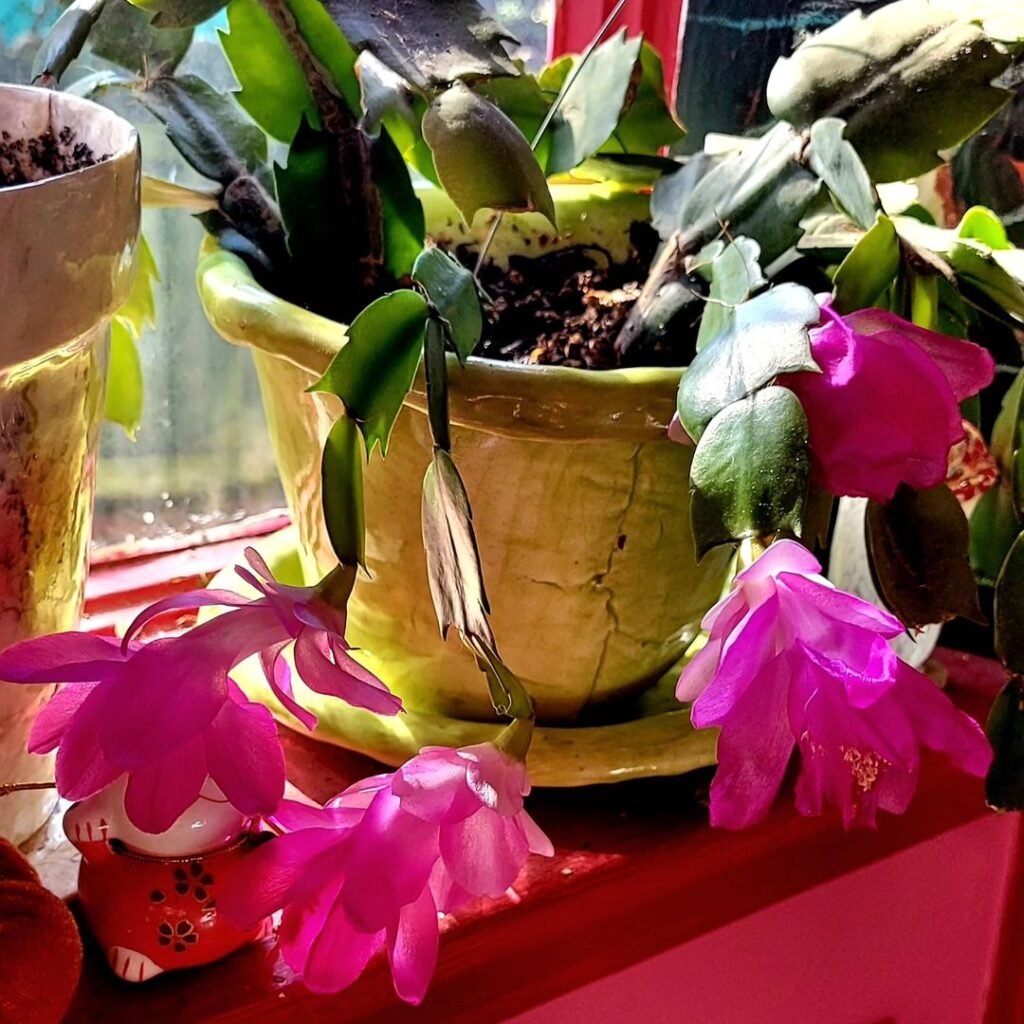
Christmas cacti prefer bright, indirect light. Too much direct sunlight can scorch the plant, while too little light can prevent blooming. Place your cactus near an east or west-facing window, or provide supplemental grow lights if natural light is insufficient.
Temperature Changes
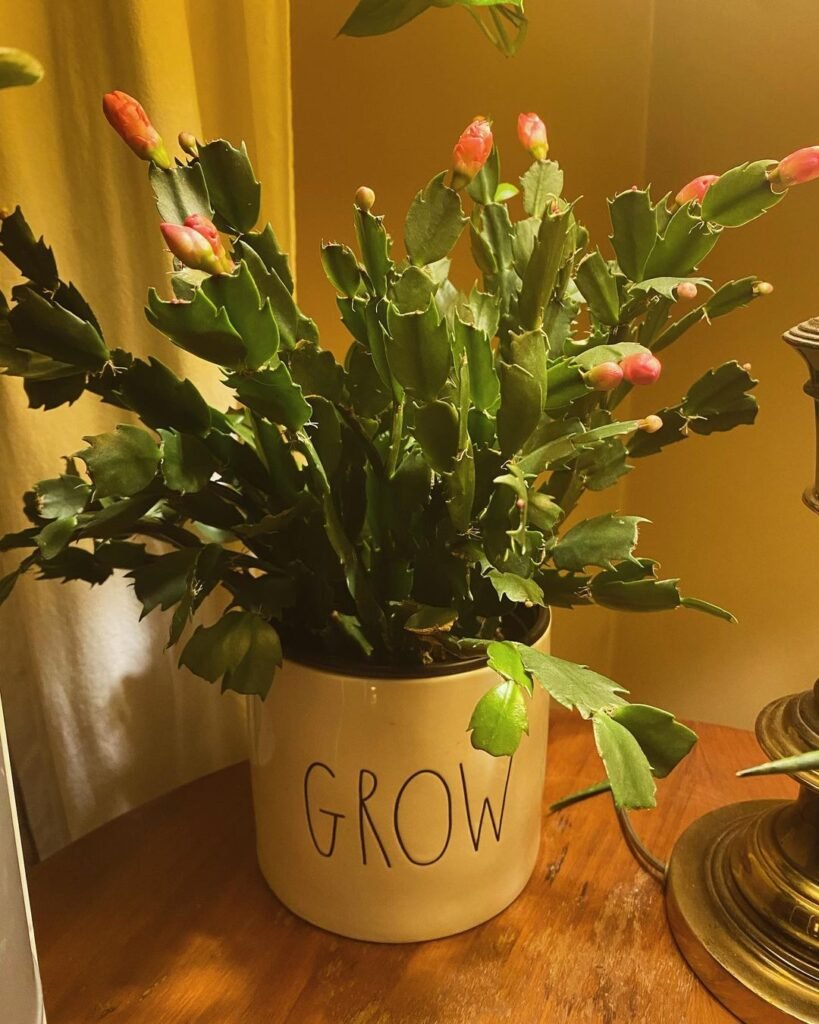
Temperature fluctuations play a vital role in triggering blooms. In the fall, cooler nighttime temperatures (around 50-55°F or 10-13°C) and slightly warmer daytime temperatures (around 65-70°F or 18-21°C) signal to the plant that it’s time to set buds. Maintain this temperature differential for about six to eight weeks to initiate the blooming process.
Watering Routine
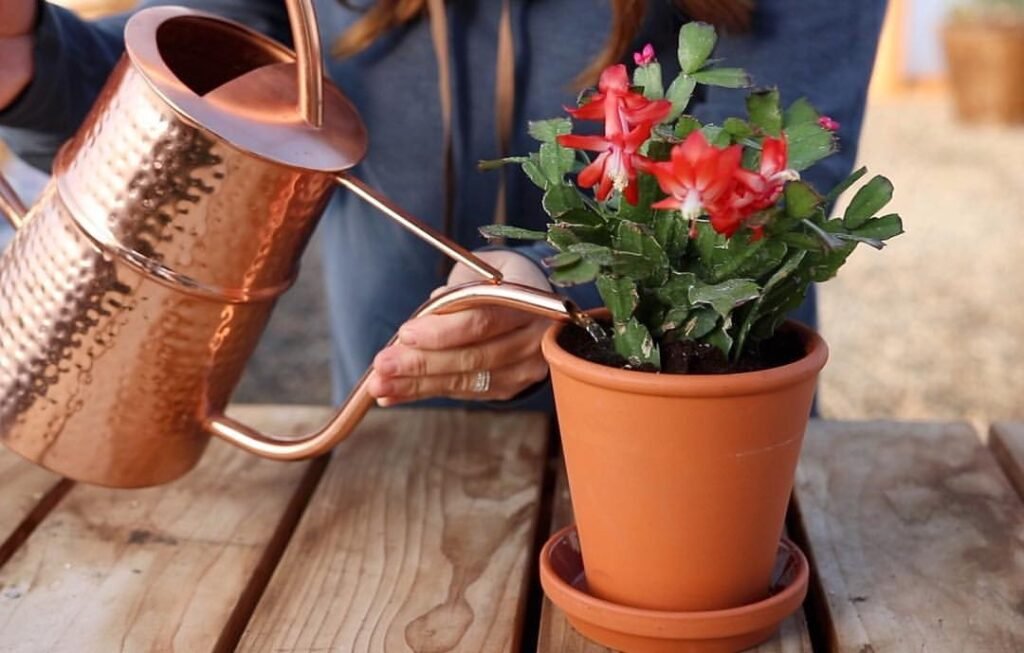
During the fall and winter months, when the plant is setting buds and blooming, water your Christmas cactus moderately. Allow the soil to dry out slightly between waterings, but never let the plant sit in excess water. Overwatering can lead to root rot and hinder blooming.
Fertilizing
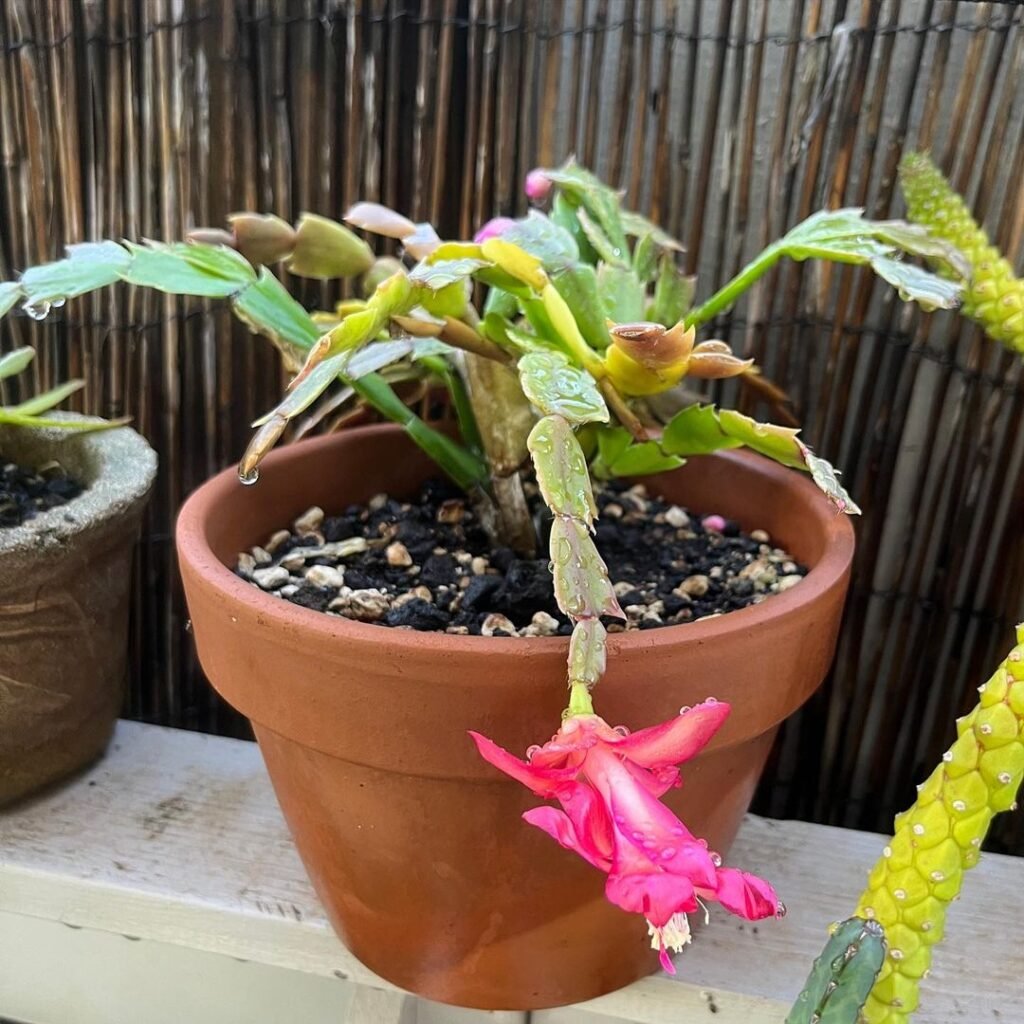
Fertilize your Christmas cactus with a balanced, water-soluble fertilizer every two to four weeks during the spring and summer growing season. Stop fertilizing in late fall and winter when the plant is resting and blooming.
Pruning
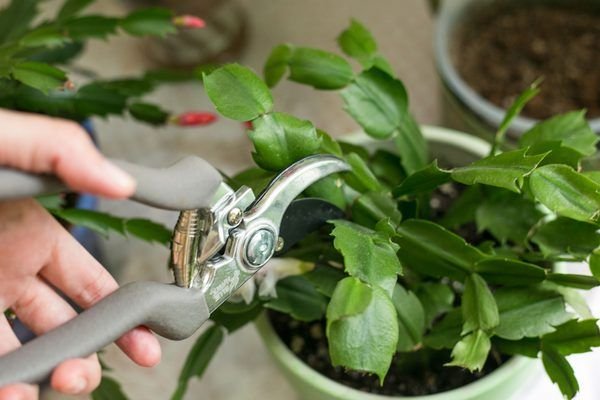
After the blooming period, prune your Christmas cactus by removing any dead or damaged segments. This encourages new growth and helps the plant maintain its shape. Pruning can also promote bushier growth and more potential blooms in the future.
Repotting

Christmas cacti prefer to be slightly root-bound, so repot only every two to three years when the plant has outgrown its container. Use a well-draining potting mix specifically formulated for cacti and succulents.
Humidity
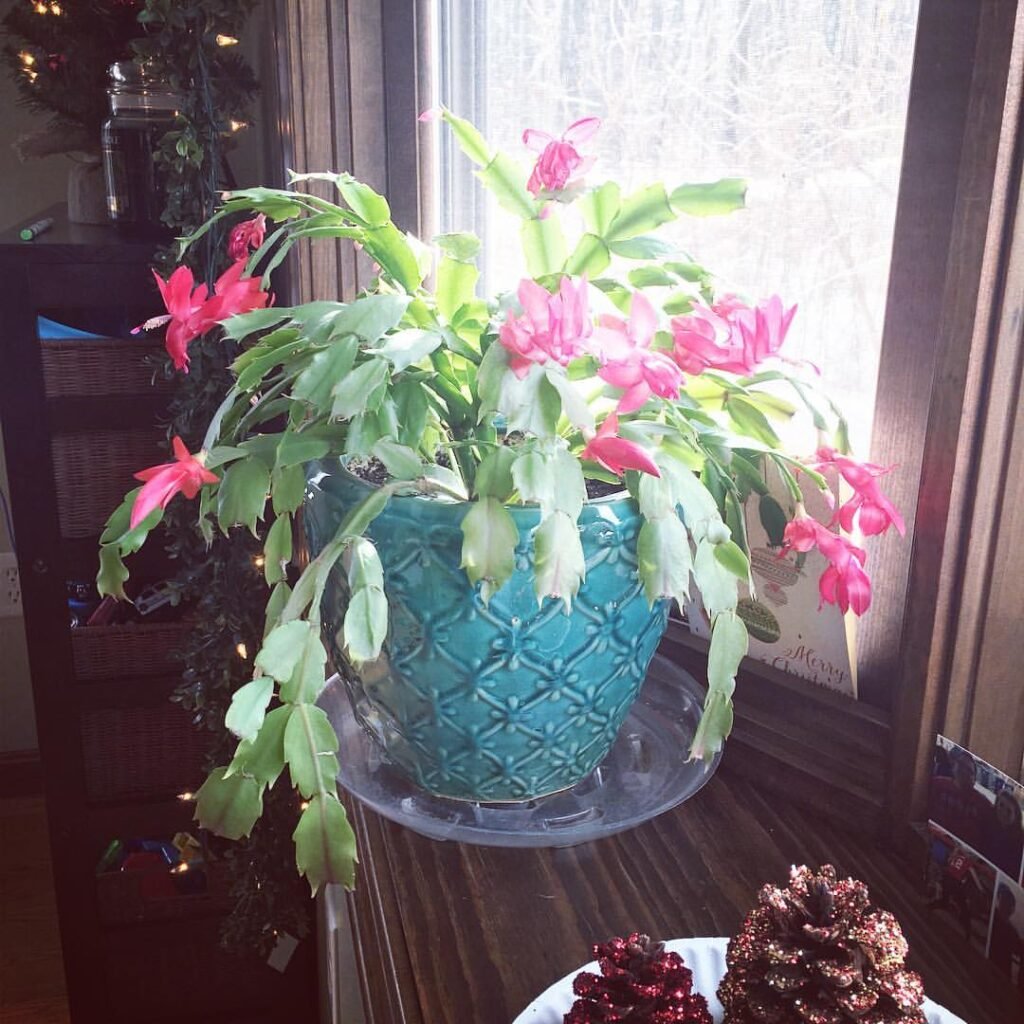
These tropical cacti thrive in humid environments. Increase the humidity around your plant by placing it on a pebble tray or using a humidifier. Misting the plant periodically can also help maintain the desired humidity levels.
Patience and Consistency
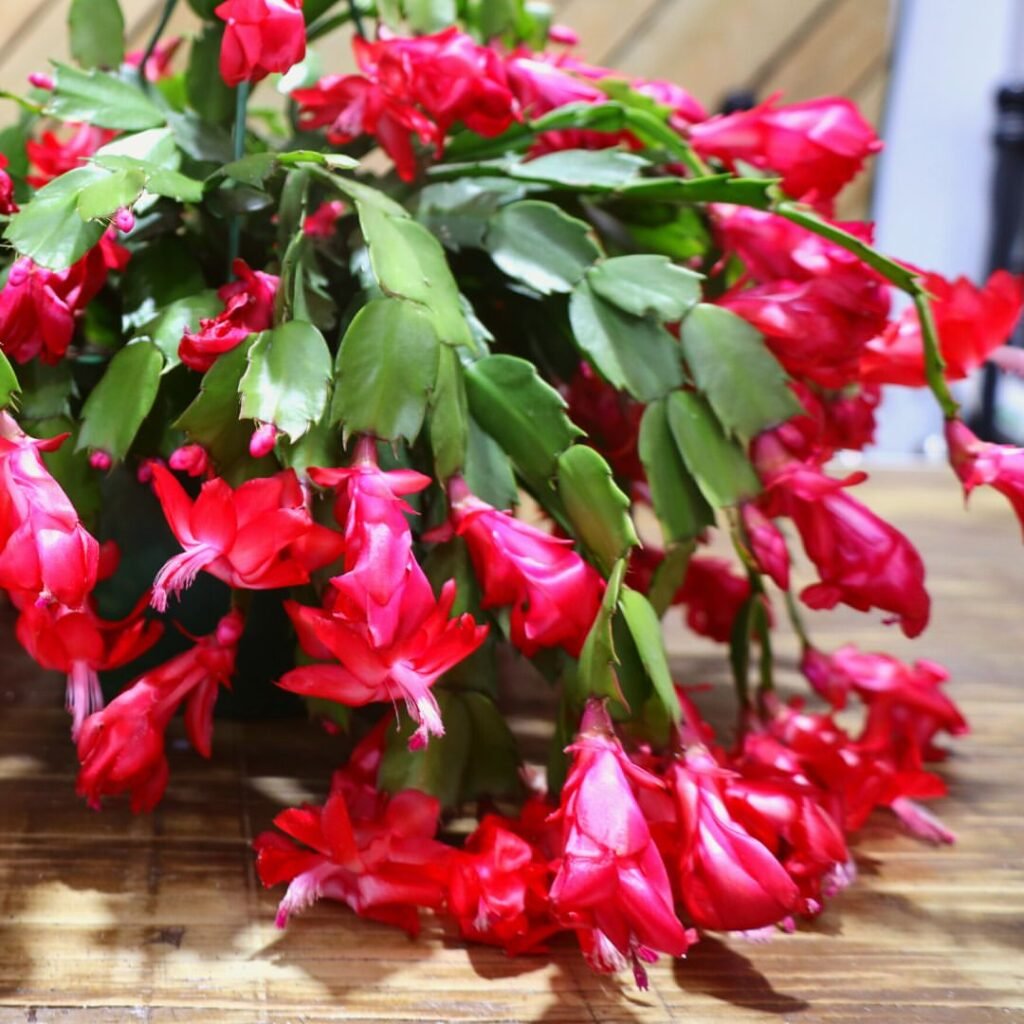
Blooming a Christmas cactus takes time and patience. Consistent care and adhering to the plant’s natural growing cycle are crucial. It may take a few years for a new or young plant to establish a blooming pattern, but with the right conditions, your efforts will be rewarded with a stunning floral display.
Troubleshooting Common Issues
If your Christmas cactus refuses to bloom, consider these potential issues:
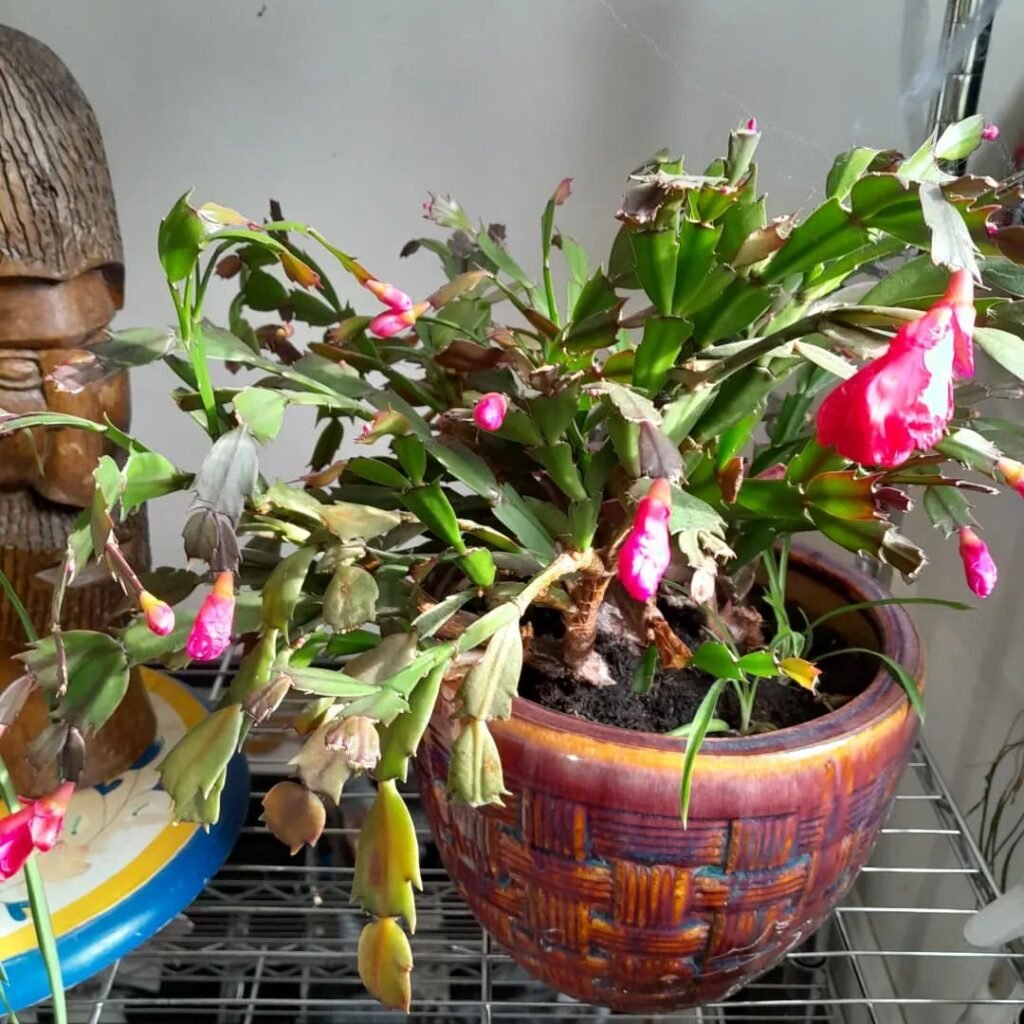
- Insufficient light: Move the plant to a brighter location or supplement with grow lights.
- Overwatering: Adjust your watering schedule and ensure the soil dries out slightly between waterings.
- Lack of temperature fluctuations: Provide cooler nighttime temperatures in fall to trigger bud formation.
- Stress or age: Older plants may need rejuvenation through pruning or division to encourage new growth and blooms.
Conclusion
With the proper care and attention, your Christmas cactus can become a true showstopper during the holiday season and beyond. By following these expert tips, you’ll create the ideal conditions for your plant to thrive and produce its vibrant, long-lasting blooms. Remember, patience and consistency are key when it comes to encouraging these stunning cacti to showcase their full potential. Embrace the joy of nurturing your Christmas cactus, and enjoy the festive beauty it brings to your home year after year. CopyRe
Pingback: Boobie Cactus: A Comprehensive Guide -
Pingback: 14. Summer Flowers for Your Garden Gardeners Schoo
Pingback: Monkey Tail Cactus: A Fun, Easy-Care Succulent -
Pingback: The Ultimate Guide to Cleistocactus Icosagonus
Pingback: Winter Plant Protection: A Comprehensive Guide for Keeping Your Garden Thriving